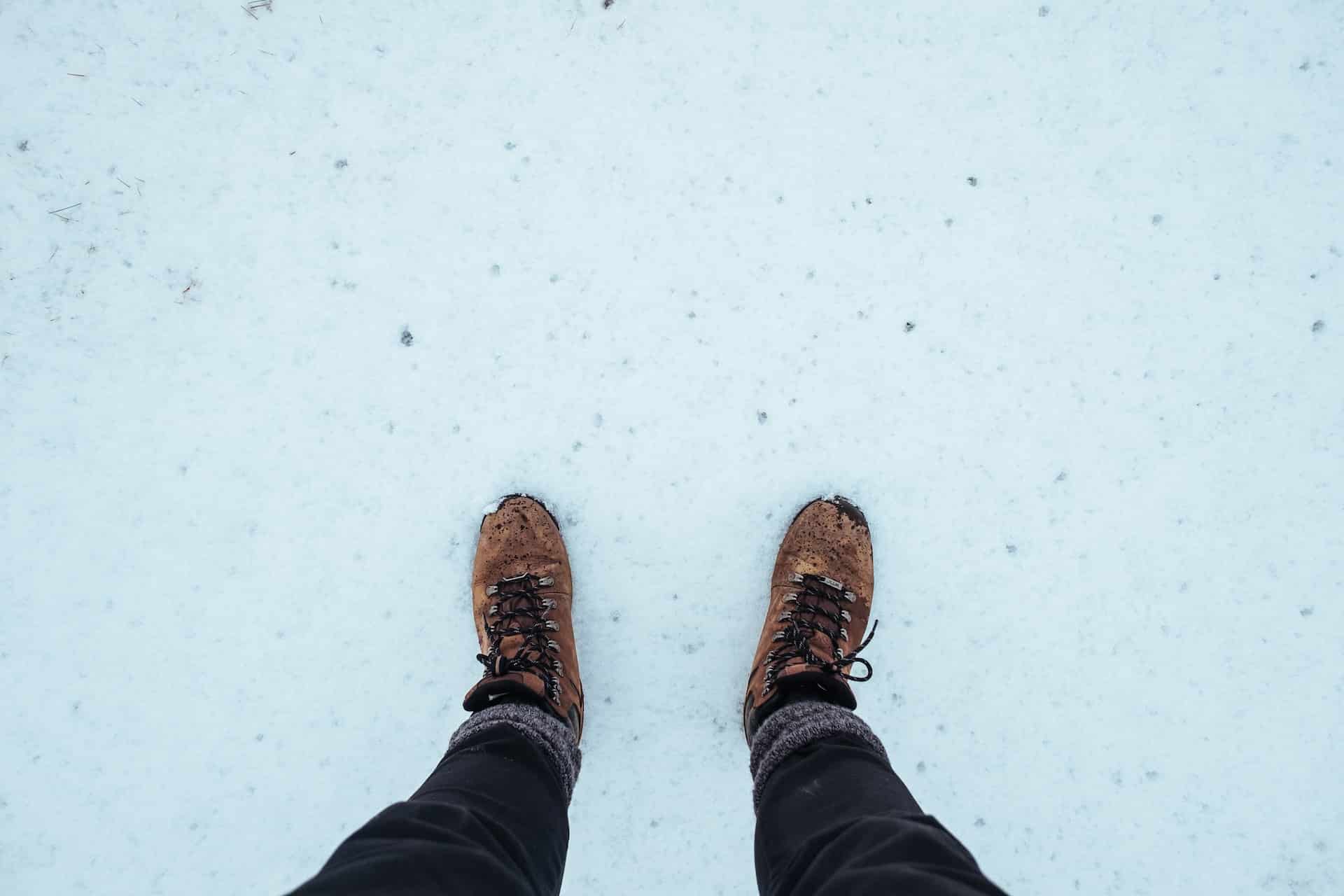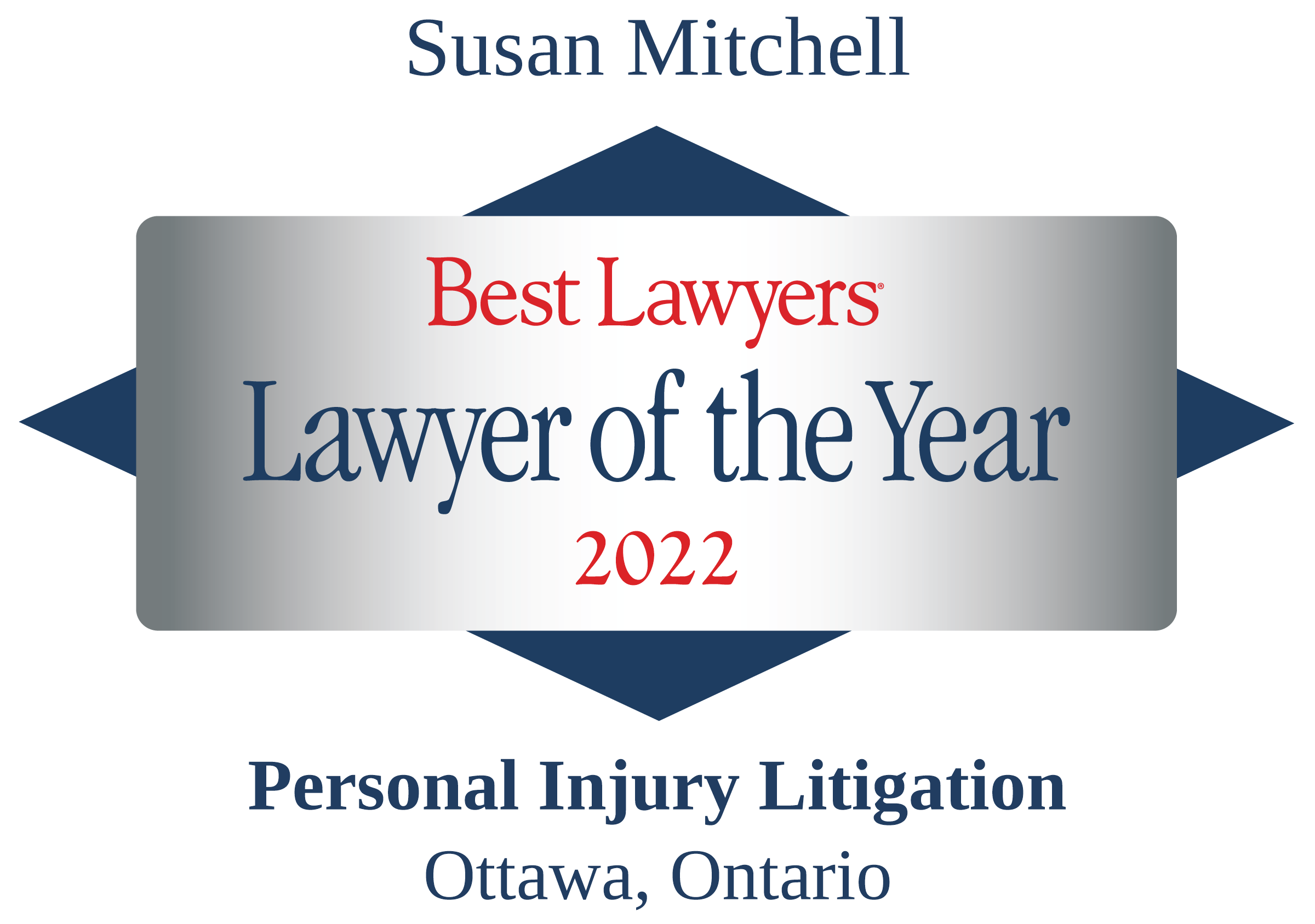In Ontario, the law requires property occupiers to take reasonable care to ensure the safety of guests, customers, and other visitors to their premises. And, in the winter, taking steps to ensure safety becomes more important than ever. Icy walkways, floors soaked by wet boots, and accumulated snow piles can create hazards.
So, what steps can you take to prevent slip and fall accidents during the winter?
In this blog post, we’ll discuss owner and occupier obligations in Ontario and outline some helpful tips for minimizing the risk of slip and fall accidents on your premises – for both occupiers and their guests.
Occupier’s Liability in Ontario: A Primer
Before getting to our safety tips, it’s important to understand property occupiers’ obligations to their guests.
The Occupier’s Liability Act and the Duty of Care to Visitors
Ontario’s Occupiers’ Liability Act, RSO 1990, c O.2 requires occupiers of premises to take reasonable care to ensure people’s safety. This requirement applies not only to the condition of the premises themselves (for example, if someone slips on a wet spot on your floor and sustains an injury) but also to activities carried on at the premises (for example, if someone is injured at an event hosted on your property).
Note that the duty of care established by the Occupiers’ Liability Act does not apply to risks willingly assumed by a visitor to the premises (for example, a person trespassing on your property). In these cases, the Act requires the occupier to not deliberately create danger with the intent of harming a person and not to act with reckless disregard for the person’s presence.
Who is an “Occupier”?
An occupier is defined as a person who:
- Physically possesses a premises, or
- Has responsibility for and control over the condition of the premises, the activities carried on their premises, or the people allowed to enter the premises.
Note that there can be multiple “occupiers” of one property. Furthermore, you don’t necessarily need to own the property to be an “occupier” – the definition captures a range of individuals, from property owners to lessees to property managers.
What is a “Premises”?
A premises is defined as land and structures and can include water, ships, trailers, trains, vehicles, and planes (though not when they are in operation!).
What Happens if a Visitor is Injured on My Property?
If a person is injured on your property, they may bring a legal claim against you for the damages arising from their injuries. To that end, it’s critical to take steps to ensure your property is safe for visitors.
Common Slip and Fall Hazards in Ontario Winters (and How to Avoid Them)
Whether you’re an occupier or not, it’s important to know how to prevent slip-and-fall accidents. Below, we’ve outlined some of the more common slip and fall hazards and how to avoid them.
The tips below are by no means an exhaustive list for occupiers, nor are they mutually exclusive – consider your premises and the activities that happen on them to determine your appropriate harm reduction strategy this winter.
Icy Surfaces
When you think of winter hazards, icy surfaces are probably the first thing that comes to mind. And, while your municipality is responsible for shovelling and salting the sidewalks, you’ll need to ensure that other walking areas and pathways on your premises (for instance, stairs or parking lots) are safe for your visitors.
Some steps you can take to prevent slip-and-fall accidents on icy surfaces include:
- Regularly salt any walking areas, pathways, or other outdoor areas on your premises that may be used by visitors.
- Consider safety equipment such as guardrails or mats in areas where a slip and fall is more likely (for example, stairs leading up to your premises).
Snow Accumulation
While a giant pile of snow can be an endless source of fun, it can also create hazards on your premises. For instance, excessive snow accumulation can block safe walking routes on your premises, obscure drivers’ views of the road from your parking lot, and cause damage to visitors’ property.
Think about the following steps to reduce the risk of slips and falls or other accidents relating to snow accumulation:
- Keep a regular eye on snow accumulation on your property to ensure you aren’t creating unnecessary risks.
- If you’re having trouble with snow accumulation, consider hiring a snow-clearing service to help you.
Wet Surfaces
While “wet surfaces” might not be the first thing you think of when you hear “winter hazard”, melted snow from boots can become a major hazard for occupiers. As visitors enter your premises, they’ll likely be tracking in snow and ice that quickly melts on the floor – and creates hazards.
Taking the following steps can help minimize the risk of a slip and fall on a wet surface:
- Be vigilant about cleaning. Regularly monitor your floors and clean up wet surfaces as soon as possible.
- Use “Wet Floor” signage to alert visitors if the floor is wet.
- Consider minimizing wet floors (for example, adding mats to your entrance or creating a space for visitors to shake off the snow and clean up their boots before entering your premises).
Poor Lighting
Poor lighting is an often-overlooked hazard in the winter. As the days get shorter, and darkness creeps in earlier and earlier, premises with inadequate lighting may become more susceptible to slip-and-fall accidents simply because visitors can’t spot hazards as easily!
Consider the following steps to avoid slip-and-fall accidents due to poor lighting:
- Ensure you have adequate lighting on your premises – not just inside, but also at the entrance and exit points.
- Consider setting up an automatic timer to ensure your lighting is on at appropriate times (for example, at dusk).
Bonus: How to Prevent Slip and Fall Accidents – for Visitors
While occupiers have a duty of care to take reasonable care for their visitors’ safety, it’s also important for visitors to take steps to avoid slip-and-fall accidents. Here are just a few tips for staying safe this winter:
- Wear appropriate winter gear: minimize your risk of slipping and falling on ice by wearing boots with proper treads. Or, if you need additional tread, consider using ice cleats for added traction.
- Take your time: accidents often happen when we’re in a rush or overly focused on a goal or destination. In the winter, more than ever, give yourself plenty of time to get to your destination or finish your errands. Walking slowly and carefully will help reduce your risk of a slip and fall.
- Pay attention: whether it’s an icy sidewalk or a passing car, pay attention to your surroundings. In the winter, additional hazards like snow, ice, and water make it especially important to take in everything that’s going on around you.
- Safety starts at home: consider applying the tips above to your own home. Don’t forget to stay on top of your shovelling and salting to avoid slipping and falling before leaving your property.
Contact the Skilled Personal Injury Lawyers at Tierney Stauffer LLP for Assistance with your Slip, Trip, or Fall Injury Claim
The personal injury team at Tierney Stauffer LLP can provide you with the necessary guidance to understand your rights, aid in your recovery, and help you obtain the best resolution to your situation regardless of your accident circumstances. Call us at 1-888-799-8057 or contact us online to set up a free consultation with one of our experienced personal injury lawyers.


